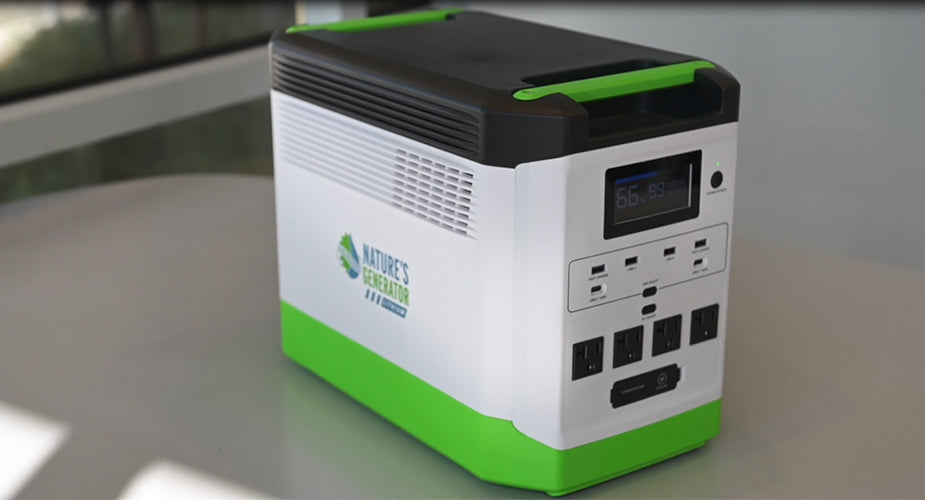Throughout history, the human race has always been on the quest for improvement, always evolving to something better and not stopping from discovering the next best thing. Today’s gadgets and devices that have been making our lives easier and more convenient on a daily basis are the perfect testament to this innate human nature.
This desire to be better also shows with the technological development in energy efficiency. We’re now able to produce electricity from various sources such as the sun, water, and land.
But, in this article, we’ll focus on solar panels and how they have improved over the years to be more energy efficient.
Solar Panels: A History
The photovoltaic effect was discovered by a French physicist named Edmond Becquerel in 1839. He observed that this effect produces an electric current when there’s an exposure to radiant energy or light. He inspired a French mathematician, Augustin Mouchot, who started patent registrations of solar-powered engines in the 1860s.
A few decades later, the first solar panels were installed on a New York City rooftop in 1884. This was done by Charles Fritts after creating the first solar cells by putting a thin layer of gold on selenium. This solar cell had an energy conversion rate of one to two percent.
The next 20 years showed great developments in electrical energy and solar energy.
In 1888, Edward Weston had two patents that focused on transforming radiant energy from the sun into electricity. That same year, Aleksandr Stoletov, a Russian scientist, produced the first solar cell that’s based on the photoelectric effect, or when electrons are released after light falls on a material.
By 1894, Melvin Severy, an American inventor, had patents for apparatuses that were able to produce electricity through solar heat and for operating and mounting thermopiles. In 1897, American inventor, Harry Reagan, received the patents for thermal batteries. This material is used in collecting and storing heat that is then heated up to be released as a form of energy. Basically, he invented a means to collect, store, and distribute solar heat when needed.
Further technological advancements were made during the 1900s. The first practical solar cell was made by Bell Telephone researchers in 1954. The country’s space satellites were powered by solar cells starting in the late 50s.
Things accelerated more during the 1970s as the government started funding further research and development on solar energy caused by the energy crisis. Since the Solar Investment Tax Credit was passed in 2006, the country has experienced an average growth of 50% yearly for solar energy. It also helped that materials used for solar energy have become more accessible and cheaper.
What are Solar Cells?
Solar cells have been mentioned a couple of times above. But, what exactly are they?
According to the U.S. Energy Information Administration (EIA), solar cells or photovoltaic (PV) cells are a nonmechanical device that works in converting sunlight into electricity. They are made of semiconductor material, and sunlight is made up of photons which contain energy that correlates to various wavelengths in the solar spectrum.
Once photons strike solar cells, the semiconductor material will absorb them (while some photons may either reflect off or pass through the cell). The absorbed photons are the ones used to create electricity.
Electrons are also involved in the process of solar energy. Its movement produces a negative charge, resulting in an imbalance of the front and back surfaces' electrical charges. This imbalance can be compared to a battery’s positive and negative terminals.
What are PERC solar panels?
PERC (Passivated Emitter Rear Cell) panels are a type of photovoltaic panel and were first introduced in 1989. PERC cells are a variety of traditional silicon solar cells, which have an additional passivation layer on the rear side of the cell.
They were made in pursuit of being more energy efficient. Its early usage had some problems due to degradation. But inventors were able to solve this problem and this technology was able to achieve better solar generation up to 12% compared to its traditional counterpart.
Energy efficiency is achieved through the passivation layer which assists in lessening the rear recombination and not allowing longer wavelengths from becoming heat that would impact a cell’s performance. As a result, PERC solar panels typically have a higher power output compared to conventional solar panels, making them a more efficient option for solar energy generation, not to mention being more cost-effective in the long run.
PERC Solar Panels in Day-to-Day Use
Are PERC solar panels a better choice to have than the most common solar panels for day-to-day use?
The answer is yes.
PERC solar panels can generate the same amount of energy as a normal solar panel. But with them being more energy efficient, it is going to require fewer panels to gather the same amount of energy.

This meant less expense as fewer panels were needed to generate one’s needed energy. For example, a 2 pack - 410 Watt Monocrystalline Solar Panel may be enough to gather, store, and generate energy for one’s essential needs. A 410-watt panel can at least produce 1.2 to 3 or more kilowatt hours (kWh) on a daily basis. But if one’s house requires more power, there are different configurations one can play with. Here’s a link to different solar panel collections and configurations that people can take into consideration when building the perfect PERC panel combination.
In Conclusion
Solar panel technology has come a long way since it was first installed on a rooftop somewhere in New York. But at its core, it aims to provide an alternative way of producing electricity.
One of its key innovations is the introduction of PERC panels, which provide more energy efficiency and are more cost-effective compared to their counterparts.
But as history shows, things can only go brighter from here. Further development and discoveries will be made when it comes to solar energy, all in the hope of widespread adoption across the country, and, eventually, the world.
* We want to give credit where credit is due. Professional writer, Cris Ilao, contributed research and content to this blog titled: PERC Solar Panels Thank you, Cris, for your contributions!





